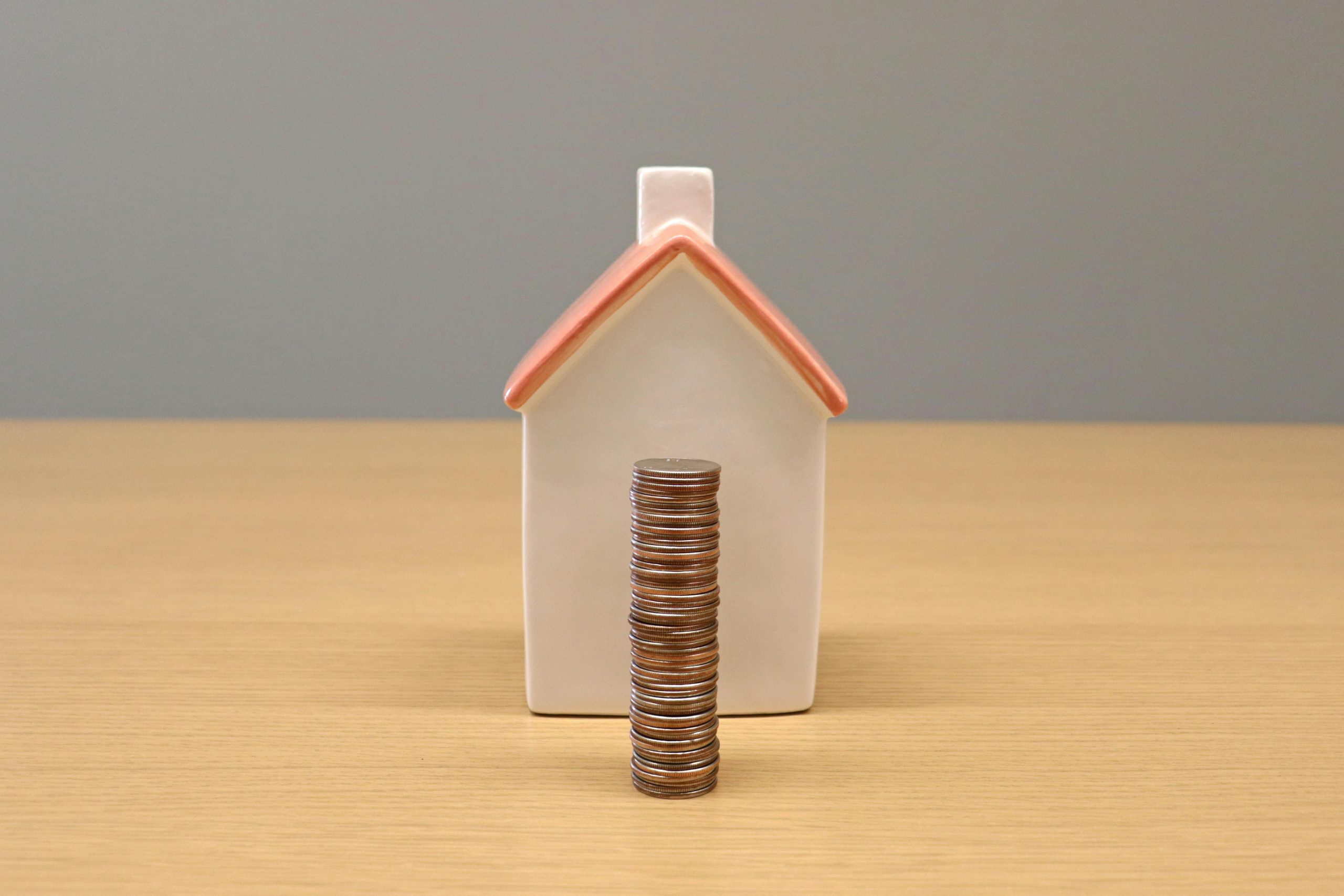
What is a “Good” Return for my Super and Investments? – Guidance Financial Services
We’ve all had that experience where we’re excited about going to see a particular movie that our friends have told us is fantastic, only to be underwhelmed when the final credits roll. Equally, you might have happened to stumble across some live music at a pub that you hadn’t even planned to be at, and it is magnificent. Expectations. They matter.
So what should be your expectations for your superannuation and investments? That’s what we’re going to look at in this week’s post. Thanks for joining us, and if you’ve recently stumbled across the blog, a very big welcome to you.
In past blog posts, we’ve talked about the unbreakable link between investment return and risk. In an academic and mathematical sense, risk means volatility. A term deposit is low risk, because there is no volatility of the balance, and whilst the return does alter at each rollover, there are not huge swings. Some obscure cryptocurrency on the other hand is high risk, because it could shoot up in value in a short space of time, or go to zero. The primary way to mitigate against this risk is to extend your investment timeframe. If your time frame is 10 years in the future, then it really doesn’t matter to you how much it bobs around in the intervening period, just so long as 10 years from now it’s worth considerably more than it is today.
An unrealistic expectation around investment returns can lead you to take on more risk than is sensible or perhaps required. Through my career, I’ve certainly come across people who were in perfectly suitable superannuation funds, but decided that they weren’t earning enough, without any real basis for this assertion, and so decided that they would establish a self managed super fund and manage the money themselves, either day trading, or doing some obscure leveraged property transaction. I can’t recall seeing a single instance where this has played out well.
So what is an appropriate and realistic expectation that you can use as a reference point to help assess whether your super fund or investment portfolio is performing?
Assuming you are investing with a growth bias, ie your investment time frame is at least five years, but ideally 10 years or more, then we would typically work off a target of 8% per year. If you are more conservative in your risk appetite, then 6% would be the target rate.
We arrive at this with the background knowledge that long term the Australian stock market has delivered a return of 8.96% per year, inclusive of dividends, over the past 20 years, whilst international shares have delivered about 10%. Now it is important to note, that whilst these are the returns that the market has provided, not all investors will generate these returns, because it requires the discipline to hang on through the inevitable drops, and is impacted by when you start investing, and the degree to which you add to your investment over time.
One important thing I should mention here, is that in using this as a yardstick, you should measure it against the five year average return of your fund, and ideally a longer time period if it is available. In individual years, returns will vary widely, and you should definitely not be making a decision about the skill or suitability of your investment options based on a single years returns.
Regular readers will know that a lot of the work that we do is financial modelling and scenario analysis for our clients. We do this work so that our clients can understand what is possible. Having unrealistic expectations built into this modelling will lead to false conclusions, something that is highly desirable to be avoided. As an example, a common question we are asked to address is whether it is affordable to retire at a given age. Were we to use an unrealistic return expectation, then conclude that yes, retirement is affordable, only to discover 20 years down the road that the assumption was incorrect, you would have a very bad outcome. It’s not possible to go back in time and work an extra few years.
You can see therefore why having appropriate expectations, leaning a little on the conservative side, is essential. If you do your planning on an expectation of an 8% return, and it turns out that you actually earn 9%, there’s no downside. Perhaps there’s just a little more for you to pass on to the next generation. But what we don’t want is the reverse.
Similarly, chasing higher returns will almost certainly mean taking on more risk, possibly unconsciously so. If the winds blow against you, that impatience will come back to bite you.
My suggestion, use 8% as your guidepost for your growth oriented investments.







